Home>Gardening & Outdoor>Plant Care & Gardening Tips>What Gardeners Need


Plant Care & Gardening Tips
What Gardeners Need
Modified: August 28, 2024
Discover essential plant care and gardening tips with our comprehensive guide. Learn how to nurture your garden and cultivate thriving plants. Unlock the secrets to successful gardening today!
(Many of the links in this article redirect to a specific reviewed product. Your purchase of these products through affiliate links helps to generate commission for Storables.com, at no extra cost. Learn more)
**
Introduction
**
Gardening is more than just a hobby; it's a rewarding and enriching experience that allows individuals to connect with nature, cultivate beauty, and nourish the earth. Whether you are a seasoned gardener or just beginning to explore the wonders of plant care, understanding the essential tools, techniques, and knowledge required is crucial to achieving success in your garden. This comprehensive guide will delve into the fundamental aspects of gardening, providing valuable insights and practical tips to help you nurture thriving plants and create a flourishing garden sanctuary.
As we embark on this journey, it's important to approach gardening with an open mind and a willingness to learn. Gardening is a dynamic and ever-evolving practice that requires patience, dedication, and a deep appreciation for the natural world. By immersing ourselves in the art of gardening, we not only enhance the aesthetic appeal of our surroundings but also contribute to the well-being of the environment and our own sense of fulfillment. So, grab your gardening gloves and let's delve into the essential elements that every gardener needs to know.
**
Key Takeaways:
- Essential gardening tools, plant knowledge, and soil care are crucial for creating a thriving garden. Patience and perseverance are key virtues that enrich the gardening journey, nurturing both the garden and the gardener’s spirit.
Read more: What Do I Need For A Raised Garden Bed
Essential Tools for Gardening
**
Equipping yourself with the right tools is the first step towards becoming a successful gardener. These essential implements not only make gardening tasks more manageable but also ensure the health and vitality of your plants. Here are some indispensable tools for every gardener:
- Hand Trowel: A hand trowel is a small, handheld tool that is perfect for planting, transplanting, and digging small holes. Its ergonomic design makes it easy to maneuver in tight spaces, allowing for precise and delicate work.
- Pruning Shears: Also known as secateurs, pruning shears are essential for trimming and shaping plants, removing dead or damaged foliage, and harvesting fruits and flowers. Look for high-quality shears with sharp blades for clean cuts.
- Garden Fork: This sturdy tool is ideal for turning and aerating soil, lifting heavy clumps, and mixing in amendments such as compost and fertilizer. It is a must-have for maintaining healthy soil structure and promoting root growth.
- Watering Can or Hose: Proper hydration is vital for plant health, and a reliable watering can or hose is essential for delivering the right amount of water to your plants. Choose a watering tool that suits the size of your garden and allows for gentle, controlled watering.
- Garden Gloves: Protecting your hands is crucial while working in the garden. Invest in a pair of durable, well-fitting gloves to shield your skin from thorns, sharp objects, and soil-borne irritants.
- Shovel: A sturdy shovel is indispensable for tasks such as planting large shrubs and trees, digging deep holes, and moving soil, mulch, or compost. Look for a shovel with a comfortable grip and a strong, rust-resistant blade.
- Rake: Whether you are clearing debris, leveling soil, or spreading mulch, a rake is a versatile tool that helps maintain a tidy and well-groomed garden. Choose a rake with sturdy tines and a comfortable handle for ease of use.
By arming yourself with these essential tools, you will be well-prepared to tackle a wide range of gardening tasks with confidence and precision. Remember to clean and maintain your tools regularly to ensure their longevity and effectiveness. With the right equipment at your disposal, you can embark on your gardening endeavors with enthusiasm and efficiency.
**
Basic Knowledge of Plants
**
Understanding the fundamental characteristics and requirements of plants is essential for fostering their growth and well-being in your garden. Whether you are cultivating vibrant flowers, lush foliage, or bountiful vegetables, having a grasp of basic plant biology and behavior will empower you to make informed decisions and provide optimal care. Here are key aspects of plant knowledge every gardener should be familiar with:
- Sunlight Requirements: Different plants have varying needs for sunlight exposure. Some thrive in full sun, while others prefer partial shade or full shade. Before selecting and situating plants in your garden, consider their specific sunlight requirements to ensure they receive the appropriate amount of light for healthy growth.
- Watering Needs: Understanding the watering preferences of your plants is crucial for preventing under or overwatering. Some plants prefer consistently moist soil, while others thrive in drier conditions. Take into account factors such as soil type, drainage, and seasonal fluctuations when establishing a watering routine for your garden.
- Soil Preferences: Plants have distinct soil preferences based on factors like pH levels, texture, and nutrient content. Conduct soil tests to assess the composition of your garden soil and choose plants that are well-suited to its characteristics. Amending the soil with organic matter or specialized additives can also enhance its suitability for specific plant varieties.
- Growth Habits: Familiarize yourself with the growth habits of different plants, including their mature size, spreading tendencies, and potential for vertical or lateral expansion. This knowledge will aid in proper plant placement, spacing, and the prevention of overcrowding in your garden beds.
- Seasonal Considerations: Recognize the seasonal preferences and tolerances of plants, particularly in relation to temperature, humidity, and frost susceptibility. Select plant species that align with your local climate and be prepared to provide protection or insulation during extreme weather conditions.
- Pest and Disease Resistance: Research the pest and disease resistance of various plant species to make informed choices about garden planning and pest management. Opting for resilient varieties can reduce the likelihood of infestations and minimize the need for chemical interventions.
By honing your knowledge of plant requirements and behaviors, you can curate a garden that thrives with vitality and resilience. Observing and responding to the unique needs of your plants will foster a harmonious and flourishing garden ecosystem, enriching your gardening experience and yielding stunning results.
**
Soil and Fertilizer
**
The foundation of a successful garden lies in the quality of its soil. Understanding the composition of your soil and providing essential nutrients through fertilization are pivotal for cultivating robust and flourishing plants. Here’s a comprehensive overview of soil management and fertilization practices to elevate the health and productivity of your garden:
- Soil Testing: Conducting a soil test is the first step in comprehending the unique characteristics of your garden soil. This analysis reveals crucial information such as pH levels, nutrient content, and organic matter composition, enabling you to make informed decisions about soil amendment and plant selection.
- Soil Structure: Assess the texture and structure of your soil, considering factors like drainage, aeration, and compaction. Loamy soil with a balanced mixture of sand, silt, and clay is ideal for promoting root development and water retention, while amendments can be incorporated to improve the structure of sandy or clay-heavy soils.
- Organic Matter: Enriching your soil with organic matter such as compost, leaf mold, or well-rotted manure enhances its fertility, moisture retention, and microbial activity. Regularly incorporating organic amendments into the soil fosters a thriving ecosystem of beneficial organisms and sustains long-term soil health.
- Fertilization: Supplementing your soil with the appropriate fertilizers replenishes essential nutrients that may be lacking. Utilize balanced fertilizers or specialized formulations tailored to the needs of specific plants, applying them in accordance with recommended rates and timing to support vigorous growth and abundant flowering or fruiting.
- Mulching: Applying a layer of organic mulch around plants conserves soil moisture, regulates temperature, suppresses weeds, and gradually enriches the soil as it decomposes. Mulching also protects the soil from erosion and compaction, contributing to overall soil health and plant vitality.
- Crop Rotation: Implementing a crop rotation strategy in vegetable gardens helps manage soil fertility and reduce the risk of nutrient depletion and pest infestations. By alternating plant families in designated areas over successive seasons, you can optimize soil health and minimize reliance on synthetic fertilizers and pesticides.
By nurturing your soil through attentive management and strategic fertilization, you lay the groundwork for a thriving and resilient garden ecosystem. Cultivating healthy soil not only sustains the well-being of your plants but also fosters biodiversity, ecological balance, and the enduring beauty of your garden landscape.
**
Watering and Irrigation
**
Proper watering and irrigation practices are paramount for sustaining the vitality and lushness of your garden. By understanding the water requirements of your plants and implementing efficient irrigation methods, you can foster robust growth and minimize water wastage. Here’s a comprehensive guide to effective watering and irrigation techniques:
- Watering Schedule: Establishing a consistent watering schedule tailored to the needs of your plants and the prevailing weather conditions is essential. Take into account factors such as plant species, soil type, and seasonal variations to determine the frequency and duration of watering sessions.
- Deep Root Watering: Encourage deep root growth and drought resistance by delivering water directly to the root zone of plants. Deep, infrequent watering promotes stronger and more resilient root systems compared to frequent shallow watering, which can lead to surface root development and moisture loss.
- Drip Irrigation: Employing a drip irrigation system provides targeted and efficient water delivery, minimizing runoff and evaporation. This method conserves water while ensuring that plants receive a consistent and uniform supply, making it particularly beneficial for vegetable gardens, flower beds, and container plants.
- Mulch and Water Retention: Applying a layer of mulch around plants helps conserve soil moisture by reducing evaporation, regulating temperature, and inhibiting weed growth. Mulch also shields the soil from erosion and compaction, enhancing its ability to retain water and support healthy plant growth.
- Rainwater Harvesting: Harnessing rainwater through collection systems such as rain barrels or cisterns provides a sustainable and eco-friendly water source for your garden. Utilize collected rainwater for irrigation, reducing reliance on municipal water supplies and minimizing water bills.
- Monitoring and Adjustment: Regularly monitor the moisture levels of your soil to gauge the effectiveness of your watering practices. Adjust your watering schedule and methods based on seasonal changes, plant development, and weather patterns to optimize water utilization and promote thriving, resilient plants.
By implementing strategic watering and irrigation techniques, you can nurture a flourishing garden while conserving water and minimizing environmental impact. Thoughtful water management not only sustains the beauty and productivity of your garden but also contributes to the broader conservation of this precious natural resource.
**
When starting a garden, make sure to choose the right location with plenty of sunlight and good soil drainage for your plants to thrive.
Read more: What is a Pergola and Why Do You Need One?
Pest Control
**
Protecting your garden from pests and diseases is crucial for maintaining the health and vibrancy of your plants. By employing preventive measures and integrated pest management strategies, you can safeguard your garden while minimizing the need for chemical interventions. Here’s a comprehensive overview of effective pest control practices:
- Comprehensive Monitoring: Regularly inspect your plants for signs of pest infestation, including chewed leaves, stippled foliage, distorted growth, or the presence of insects. Early detection enables prompt intervention and prevents pest populations from escalating to damaging levels.
- Cultural Practices: Implement cultural practices that promote plant health and resilience, such as proper spacing, adequate nutrition, and optimal growing conditions. Healthy plants are better equipped to withstand pest pressure and are less susceptible to infestations and diseases.
- Natural Predators: Encourage beneficial insects, birds, and other natural predators that feed on garden pests. Planting nectar-rich flowers, installing bird feeders, and creating habitat features like insect hotels and birdhouses can attract these allies, contributing to biological pest control.
- Organic Remedies: Utilize organic pest control remedies such as neem oil, insecticidal soaps, and horticultural oils to target specific pests while minimizing harm to beneficial organisms and the environment. These natural solutions offer effective pest management without the use of synthetic chemicals.
- Crop Rotation: Employ a crop rotation strategy to disrupt pest life cycles and reduce the buildup of pests and diseases in the soil. By rotating plant families in designated areas over successive seasons, you can mitigate pest pressure and preserve soil health.
- Barriers and Traps: Deploy physical barriers, such as row covers and netting, to shield plants from pest damage. Additionally, traps and pheromone lures can be utilized to monitor and control pest populations, particularly in the case of common garden pests like aphids, caterpillars, and beetles.
By integrating these pest control practices into your gardening routine, you can foster a resilient and thriving garden while minimizing the reliance on chemical pesticides. Striking a balance between pest management and ecological harmony ensures that your garden remains a haven of natural beauty and abundance.
**
Pruning and Maintenance
**
Pruning and maintenance are essential aspects of garden care that contribute to the overall health, aesthetics, and productivity of your plants. By employing proper pruning techniques and regular maintenance practices, you can promote vigorous growth, shape plant form, and mitigate potential issues. Here’s a comprehensive guide to effective pruning and maintenance:
- Pruning Basics: Understand the principles of pruning, including the removal of dead, diseased, or damaged branches, shaping for aesthetic appeal, and controlling plant size and structure. Pruning also stimulates new growth and enhances flowering and fruiting in many plants.
- Timing and Technique: Familiarize yourself with the specific pruning requirements of different plant types, considering factors such as flowering time, growth habit, and potential for regrowth. Employ proper pruning tools, such as sharp and clean secateurs or pruning saws, to make precise cuts without causing unnecessary harm to the plant.
- Deadheading Flowers: Regularly deadhead spent flowers to encourage continuous blooming and prevent the formation of seeds. This practice redirects the plant’s energy towards producing new blooms, prolonging the flowering period, and maintaining a tidy and vibrant garden display.
- Weeding and Clearing: Routinely remove weeds, debris, and fallen leaves from your garden beds to prevent competition for resources and minimize the risk of pest and disease harborage. Clearing clutter also enhances air circulation and light penetration, fostering a healthier garden environment.
- Mulch Renewal: Renew mulch layers as needed to maintain adequate coverage and reap the benefits of moisture retention, weed suppression, and soil insulation. Mulch replenishment also contributes to soil enrichment as organic mulch materials decompose over time.
- Support and Training: Provide support for climbing plants, delicate stems, and heavy fruit-laden branches through the use of stakes, trellises, or ties. Properly training and guiding the growth of plants ensures structural integrity and prevents damage from wind, rain, or excessive weight.
By incorporating these pruning and maintenance practices into your gardening routine, you can cultivate a landscape that exudes vitality, beauty, and order. Regular care and attention not only enhance the visual appeal of your garden but also foster the long-term health and resilience of your cherished plants.
**
Understanding Climate and Seasons
**
Adapting your gardening practices to align with the prevailing climate and seasonal changes is essential for nurturing thriving plants and maximizing garden productivity. By gaining insight into the unique characteristics of your local climate and the cyclical nature of seasons, you can make informed decisions and optimize your gardening efforts. Here’s a comprehensive exploration of understanding climate and seasons in the context of gardening:
- Climate Assessment: Familiarize yourself with the climate zone and microclimates specific to your region, considering factors such as temperature ranges, precipitation patterns, and prevailing winds. This knowledge informs plant selection, water management, and protective measures against climatic extremes.
- Seasonal Adaptation: Tailor your gardening activities to correspond with the distinct phases of each season, recognizing the impact of temperature, day length, and weather fluctuations on plant growth and development. Adjust planting schedules, maintenance routines, and protective measures to suit the unique requirements of each season.
- Cool-Season and Warm-Season Crops: Differentiate between cool-season and warm-season crops, selecting plant varieties that thrive in specific temperature ranges and daylight conditions. Plan your garden layout to accommodate the seasonal preferences of various crops and maximize their productivity throughout the year.
- Frost Protection: Implement strategies to safeguard plants from potential frost damage during cold spells, such as covering sensitive plants, utilizing frost cloths or row covers, and providing supplemental insulation. Understanding frost dates and frost-free periods is crucial for planning and protecting your garden.
- Heat Stress Management: Mitigate the impact of high temperatures and intense sunlight on plants by providing shade, mulching to conserve soil moisture, and adjusting watering schedules to prevent drought stress. Heat-tolerant plant selections and proper hydration are key considerations during hot summer months.
- Seasonal Aesthetics: Embrace the seasonal beauty of your garden by incorporating plants that offer visual interest and bloom at different times of the year. Plan for a diverse array of seasonal colors, textures, and fragrances to create a dynamic and ever-changing garden landscape.
By attuning your gardening practices to the nuances of climate and seasons, you can cultivate a resilient and flourishing garden that evolves harmoniously with the natural rhythms of the environment. Embracing the ebb and flow of seasonal dynamics enriches your gardening experience and yields a tapestry of bountiful beauty throughout the year.
**
Importance of Patience and Perseverance
**
Gardening is a journey that demands patience, resilience, and a deep appreciation for the processes of growth and transformation. Understanding the significance of patience and perseverance in gardening not only enriches the cultivation of plants but also nurtures personal growth and a profound connection to the natural world. Here’s an exploration of the profound importance of patience and perseverance in the context of gardening:
- Natural Rhythms: Embracing the inherent pace of nature and the gradual unfolding of plant life instills a sense of tranquility and mindfulness. By observing the cyclical patterns of growth, flowering, and dormancy, gardeners develop a profound respect for the passage of time and the beauty of gradual progression.
- Learning and Adaptation: Gardening fosters a continual process of learning, adaptation, and resilience. Through the experience of trial and error, gardeners develop a deeper understanding of plant behaviors, environmental dynamics, and the art of responding to challenges with creativity and fortitude.
- Long-Term Rewards: Cultivating a garden is an investment in the future, requiring a long-term perspective and unwavering dedication. The patience to nurture seedlings into mature plants and the perseverance to tend to garden tasks day after day culminate in the gratifying rewards of a flourishing and abundant garden sanctuary.
- Resilience in Adversity: Gardening teaches invaluable lessons in resilience and adaptability, as plants encounter setbacks, weather fluctuations, and unforeseen challenges. By persisting through adversity and nurturing plants back to health, gardeners cultivate a spirit of resilience that extends beyond the garden into everyday life.
- Connection to Nature: The patient observation of plant growth and the perseverance in tending to garden tasks foster a profound connection to the rhythms of nature. This connection instills a sense of wonder, humility, and gratitude, as gardeners witness the intricate beauty and resilience of the natural world.
- Mindful Reflection: Gardening provides opportunities for mindful reflection and contemplation, as the act of tending to plants and nurturing the earth becomes a meditative practice. Patience and perseverance in the garden offer moments of quiet introspection and a respite from the hurried pace of modern life.
By embracing the virtues of patience and perseverance, gardeners cultivate not only thriving gardens but also a deep sense of harmony, resilience, and reverence for the cycles of life. The enduring rewards of patience and the transformative power of perseverance enrich the journey of gardening, nurturing the soul as much as the soil.
**
Read more: How Big Of A Garden Do I Need
Conclusion
**
Gardening is a tapestry of artistry, science, and soulful connection that unfolds with each tenderly nurtured plant and every season’s passage. As we conclude this exploration of essential gardening knowledge, it’s evident that the cultivation of a garden is a harmonious symphony of patience, knowledge, and attentive care. From the fundamental tools and techniques to the profound understanding of climate and the virtues of patience and perseverance, every aspect of gardening intertwines to create a flourishing tapestry of life and beauty.
Armed with the essential tools for gardening, from hand trowels to pruning shears, gardeners embark on a journey of creation and stewardship. They delve into the intricate knowledge of plant behaviors and soil dynamics, enriching their understanding of the interconnected web of life within the garden. By mastering the art of watering, pest control, and maintenance, gardeners become custodians of a vibrant and resilient ecosystem, fostering a sanctuary of natural abundance.
Understanding the nuances of climate and the seasons infuses the garden with a dynamic ebb and flow, creating a living canvas that evolves with the rhythm of nature. Embracing the virtues of patience and perseverance, gardeners cultivate not only thriving gardens but also a deep sense of harmony, resilience, and reverence for the cycles of life. The enduring rewards of patience and the transformative power of perseverance enrich the journey of gardening, nurturing the soul as much as the soil.
As we partake in the timeless art of gardening, let us approach each task with reverence, each challenge with resilience, and each moment with mindful appreciation. By immersing ourselves in the intricate dance of growth, tending, and transformation, we not only cultivate gardens of breathtaking beauty but also nurture our own spirits, fostering a profound connection to the earth and the enduring rhythms of life.
May the seeds we plant today blossom into a legacy of natural wonder, and may the gardens we tend become sanctuaries of peace, inspiration, and boundless vitality for generations to come.
Frequently Asked Questions about What Gardeners Need
Was this page helpful?
At Storables.com, we guarantee accurate and reliable information. Our content, validated by Expert Board Contributors, is crafted following stringent Editorial Policies. We're committed to providing you with well-researched, expert-backed insights for all your informational needs.
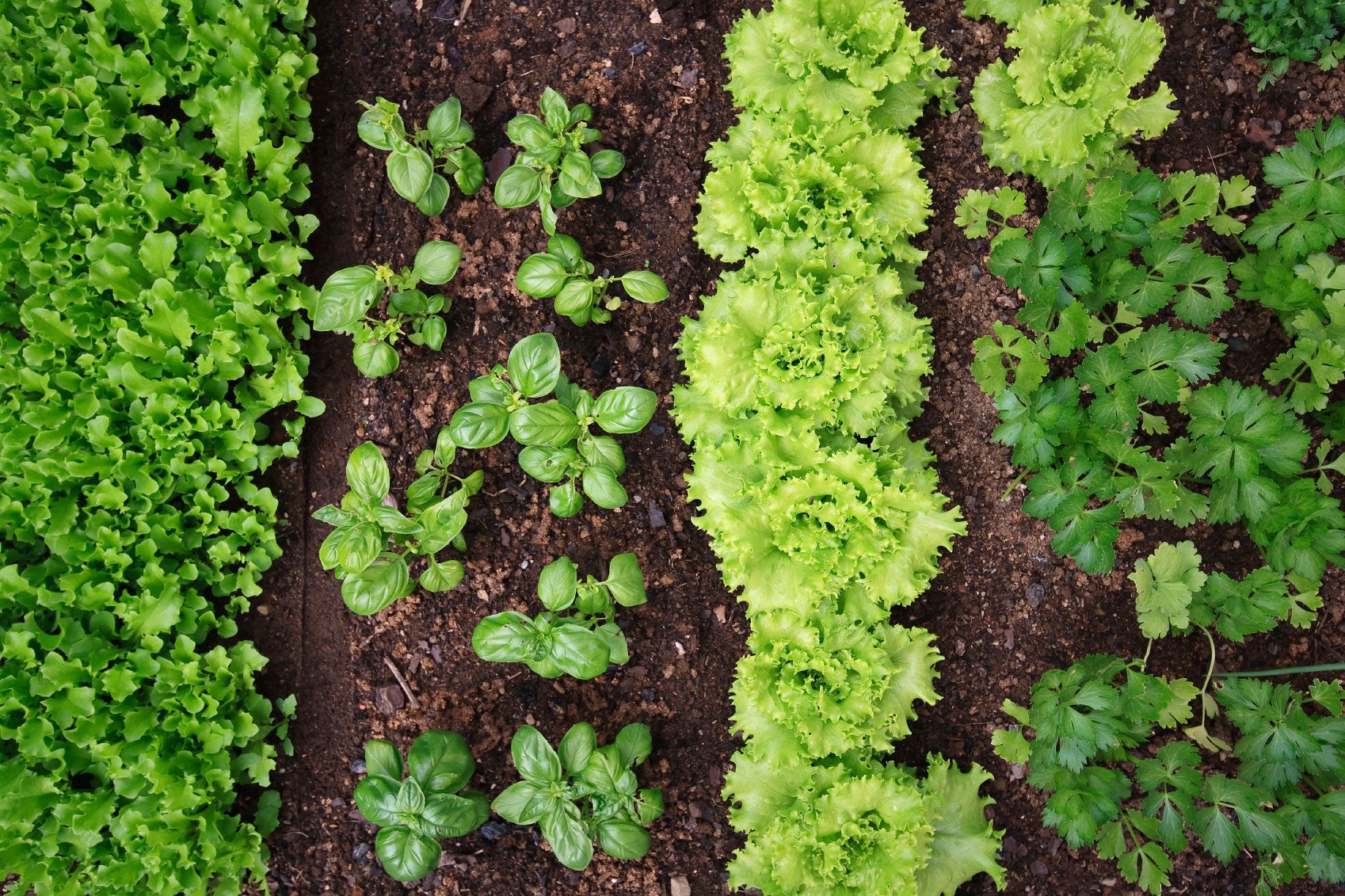
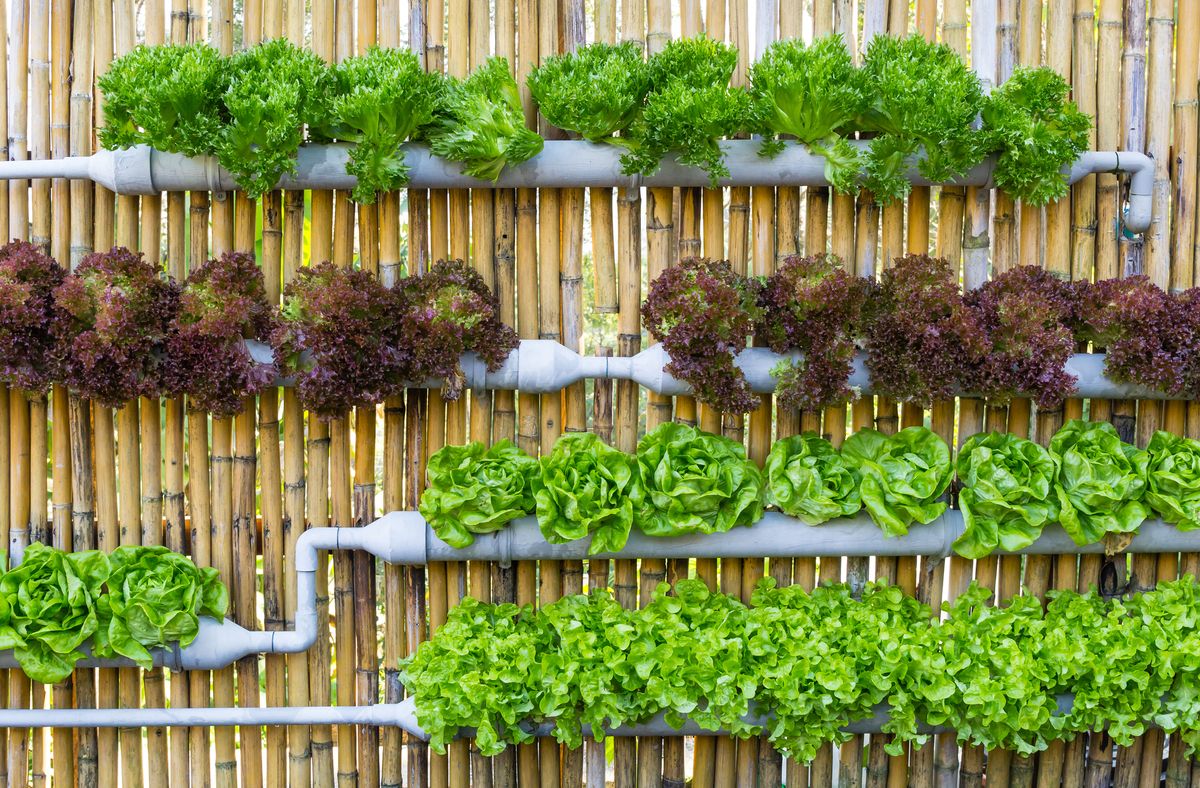
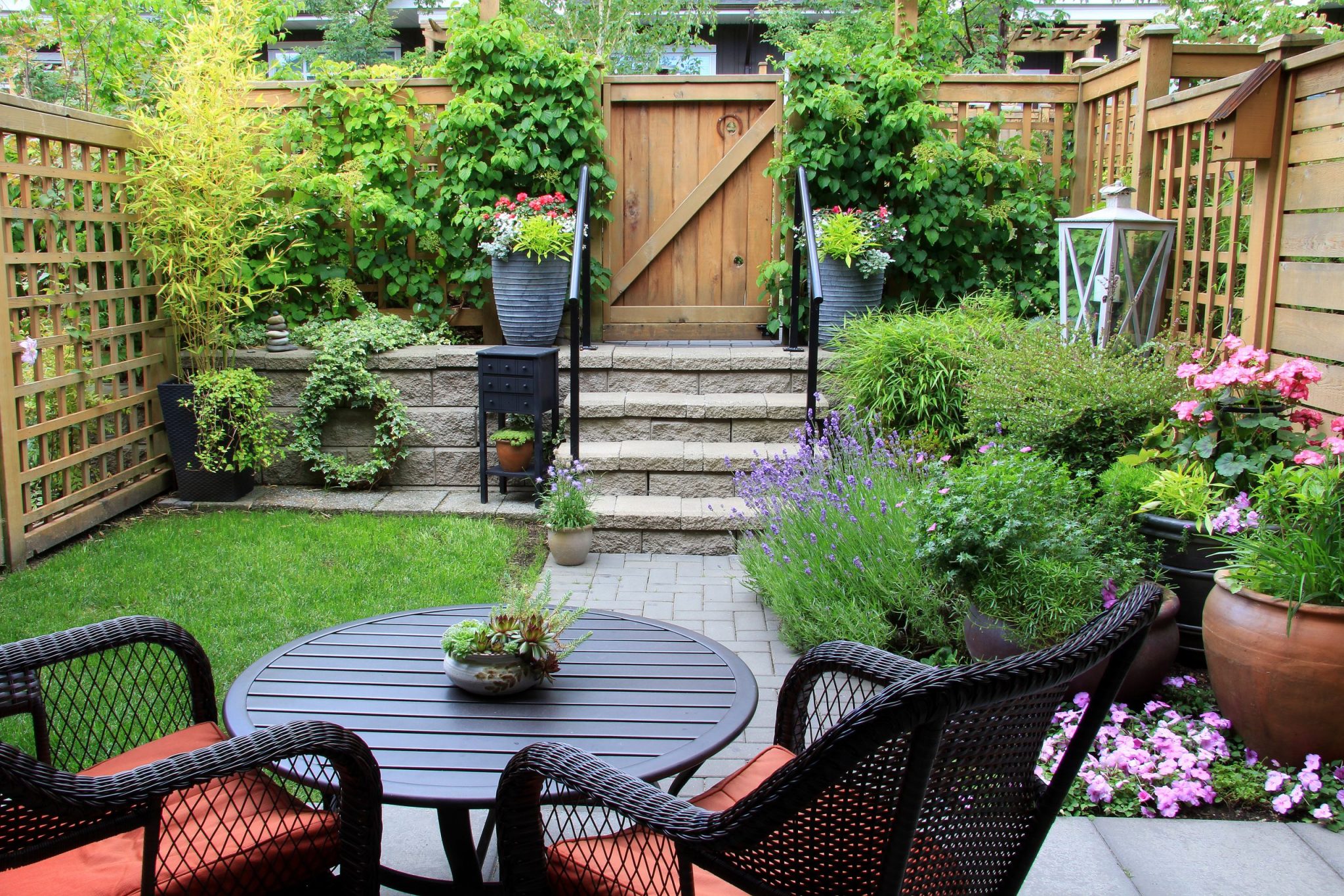
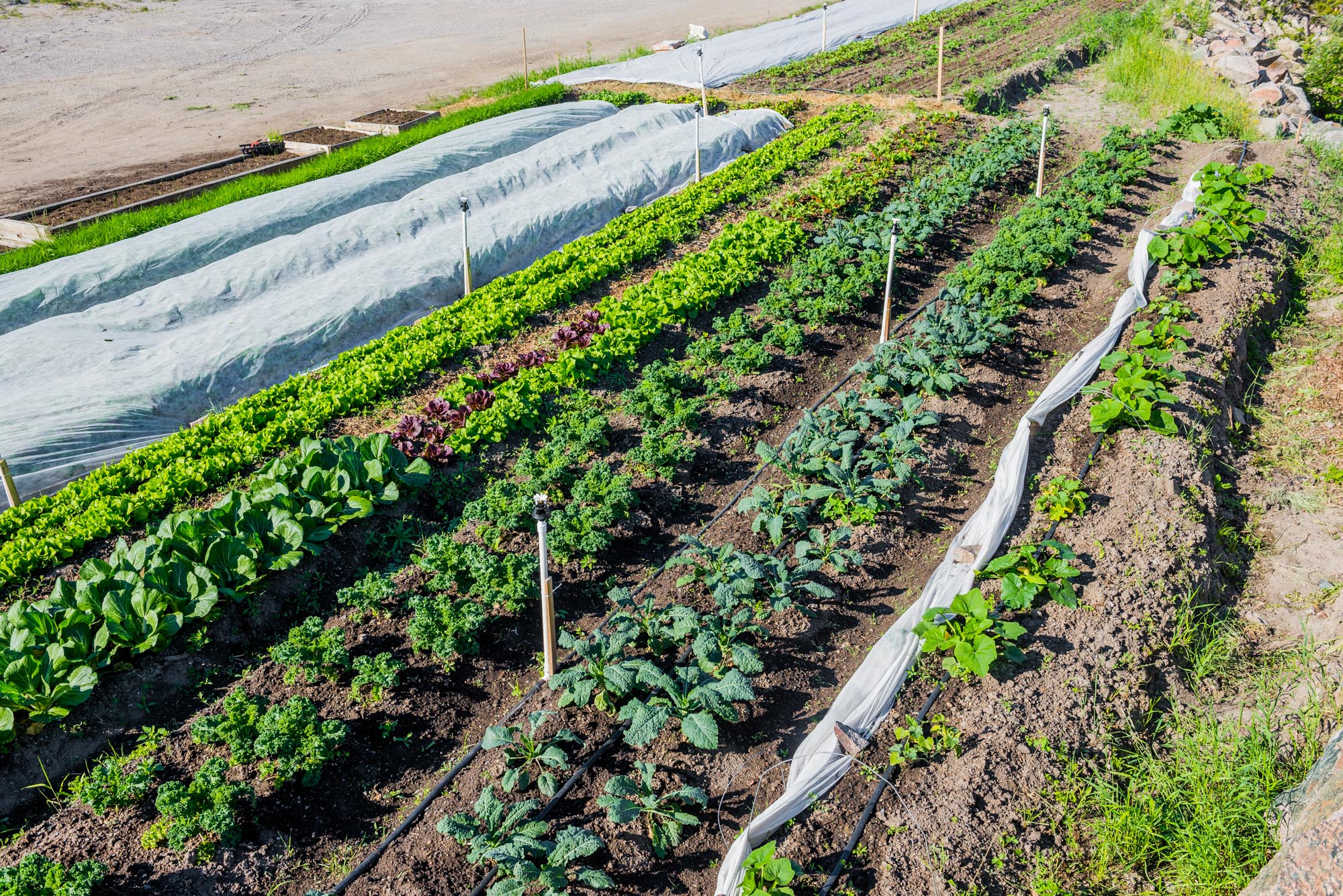
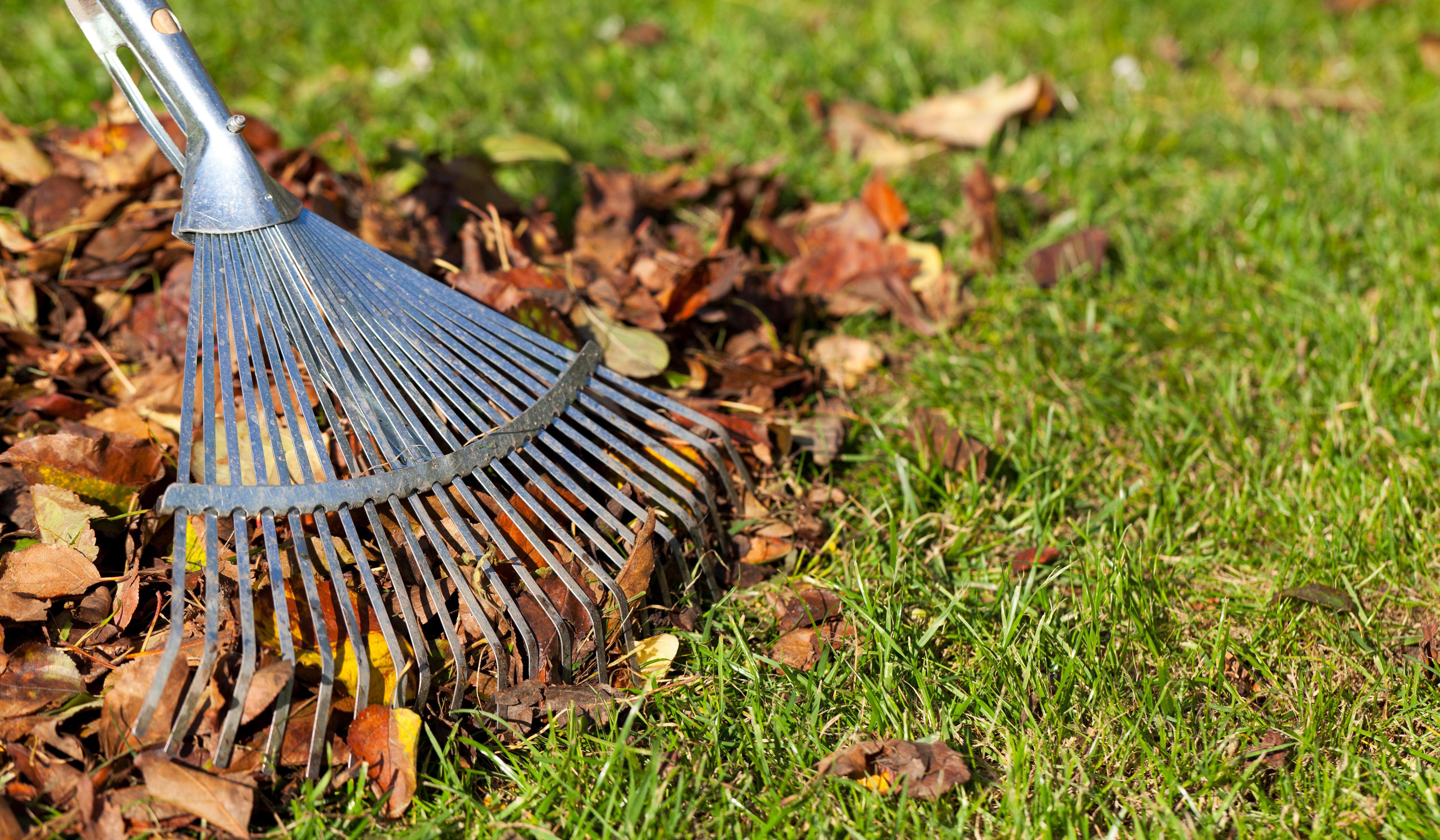
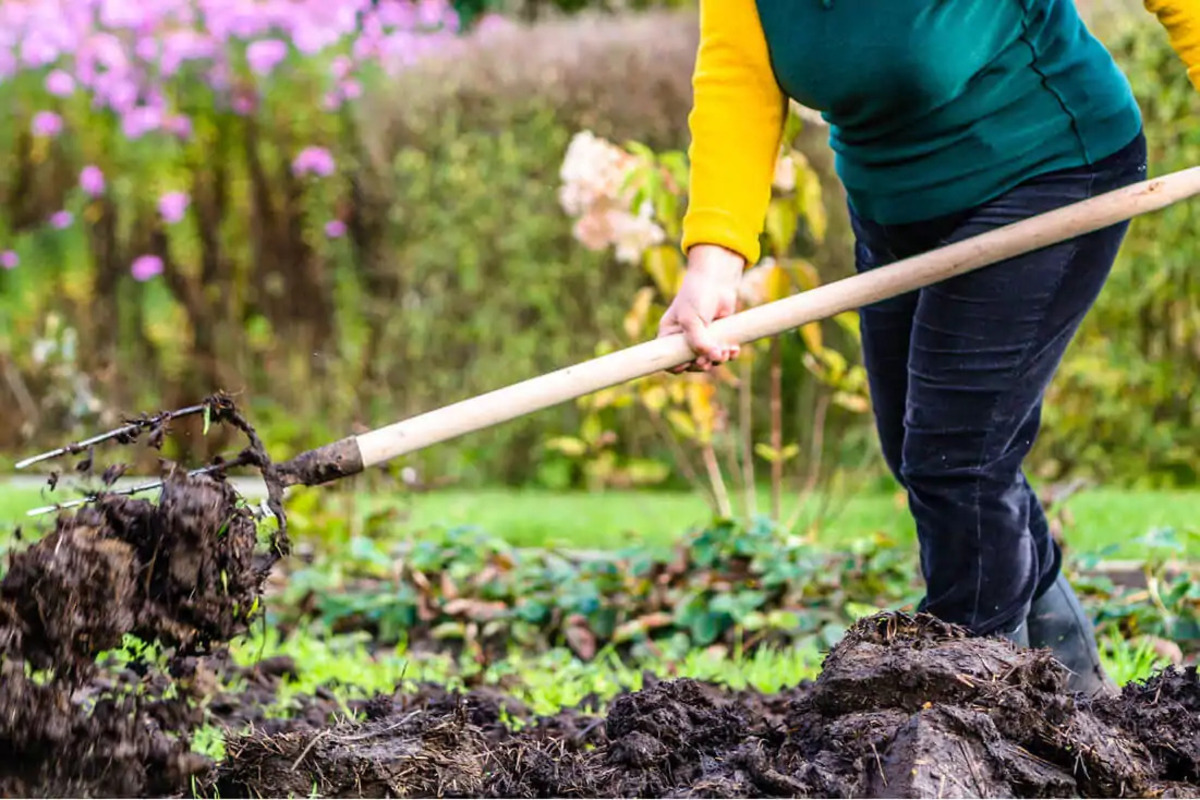
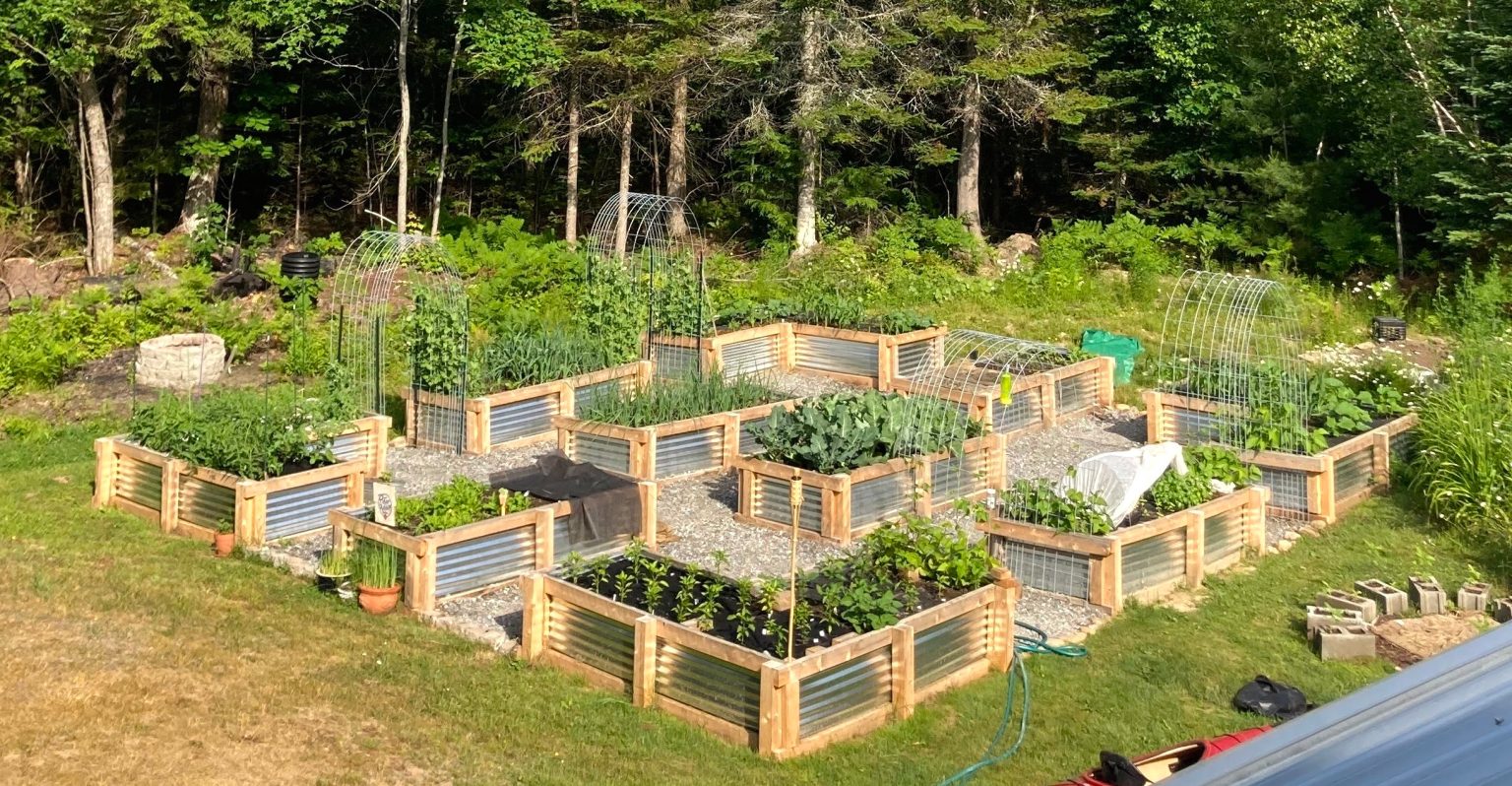


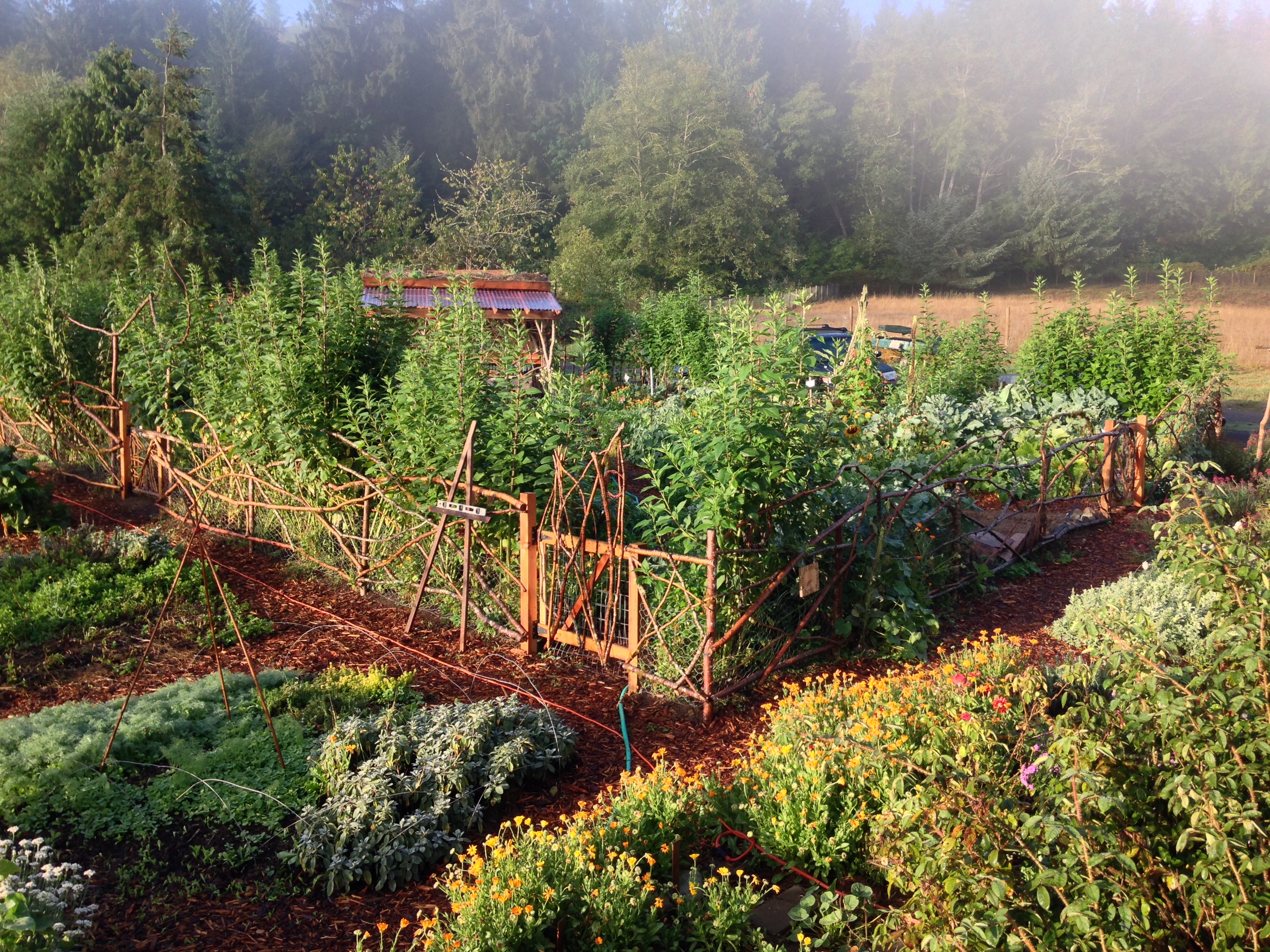

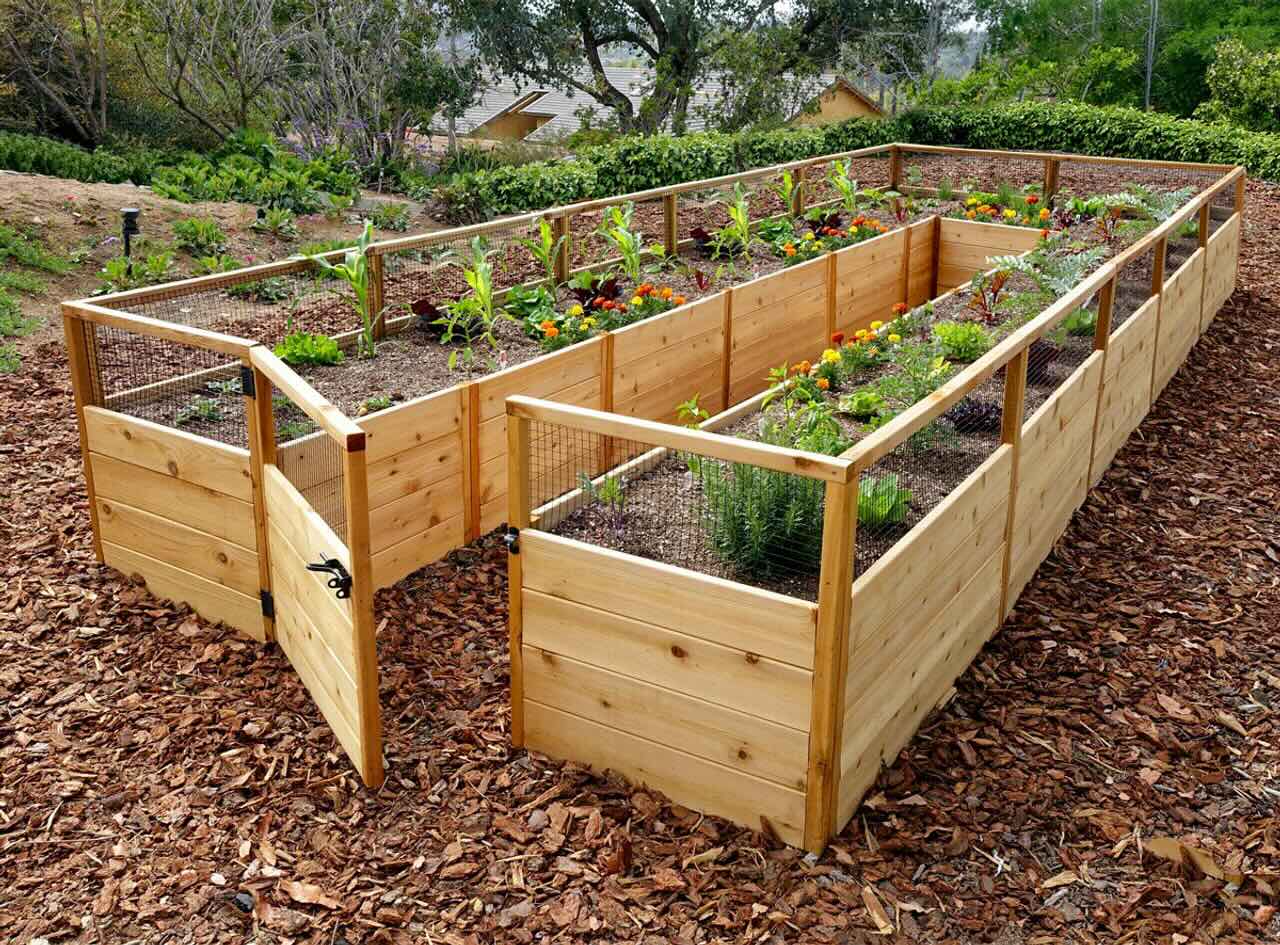
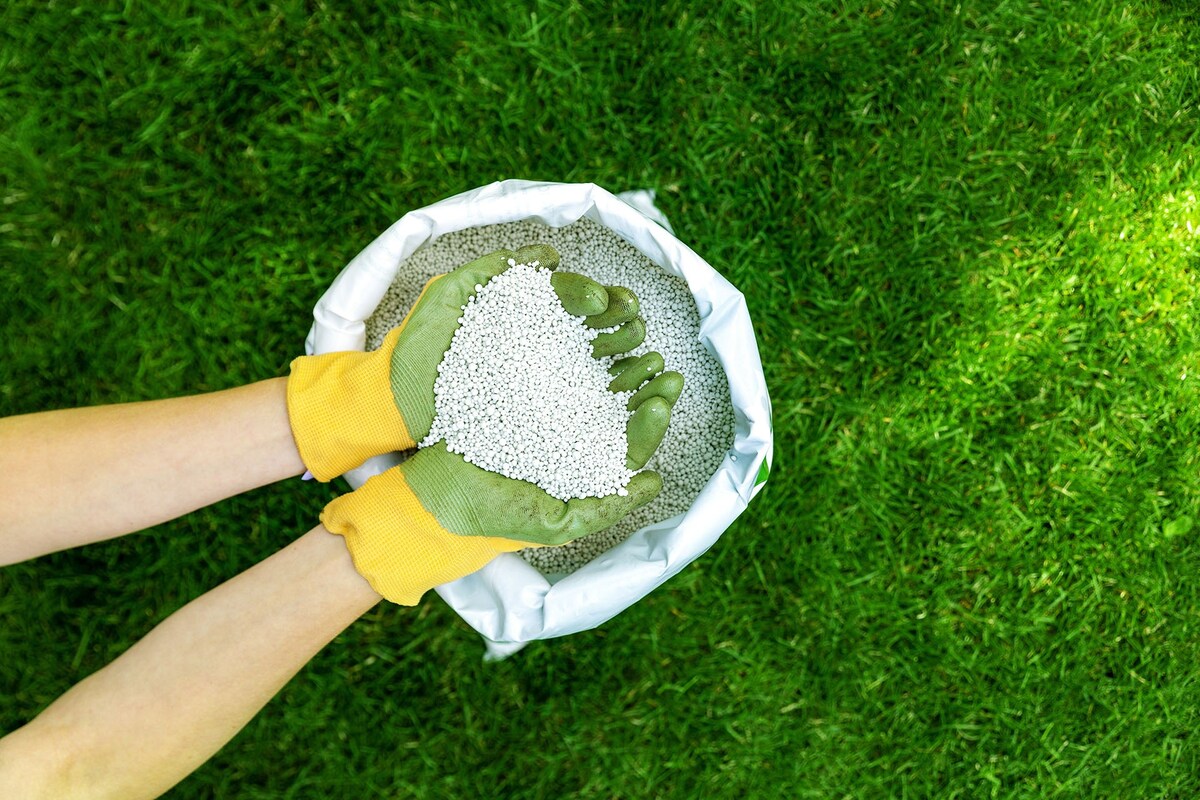

0 thoughts on “What Gardeners Need”